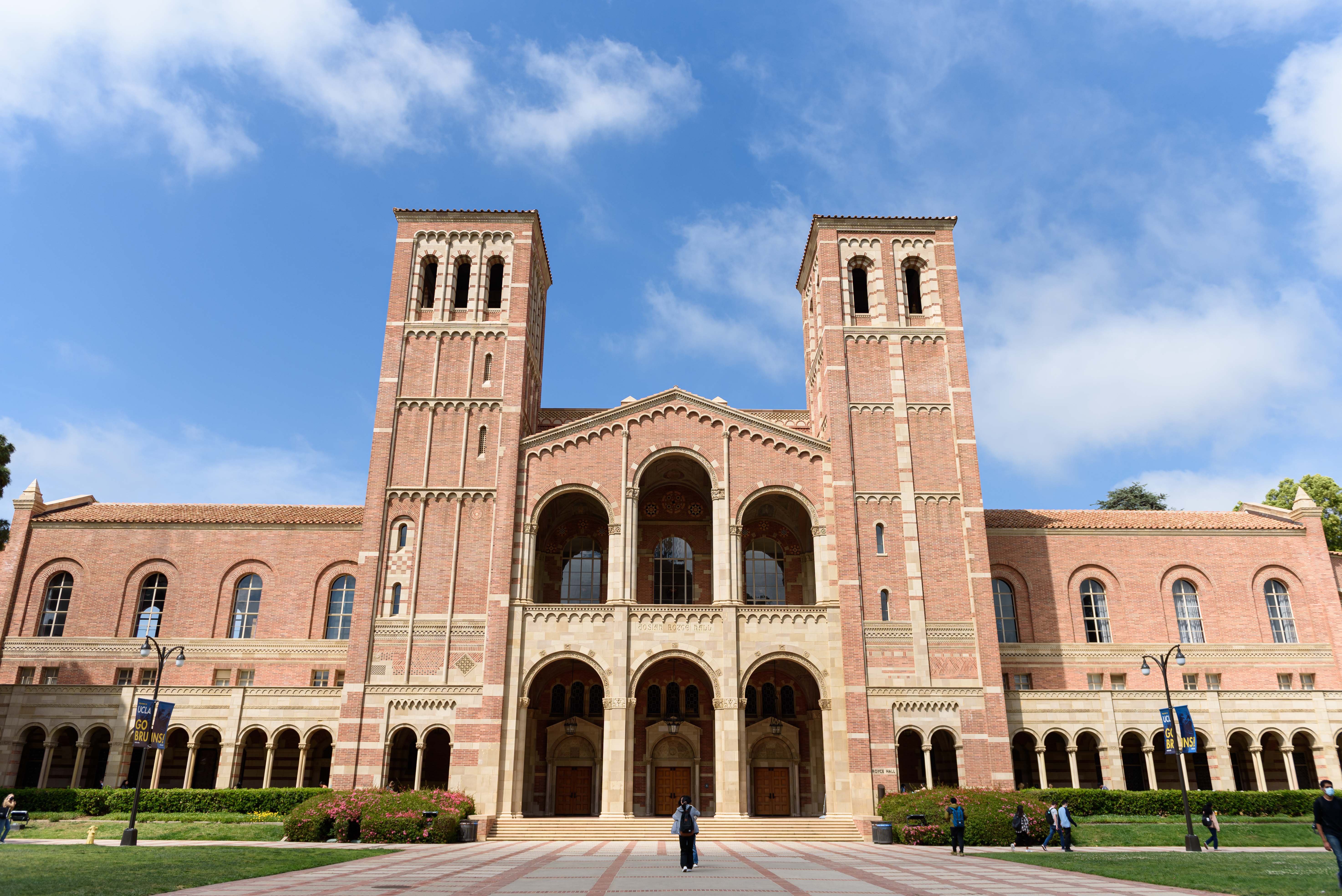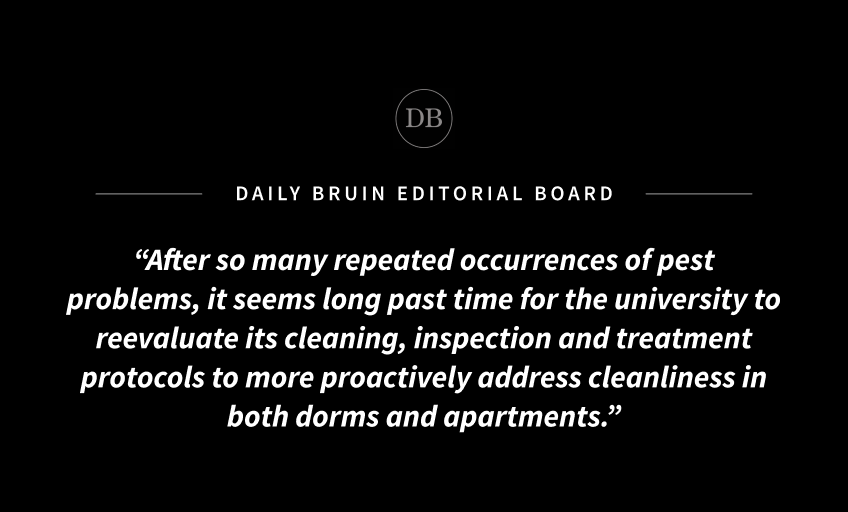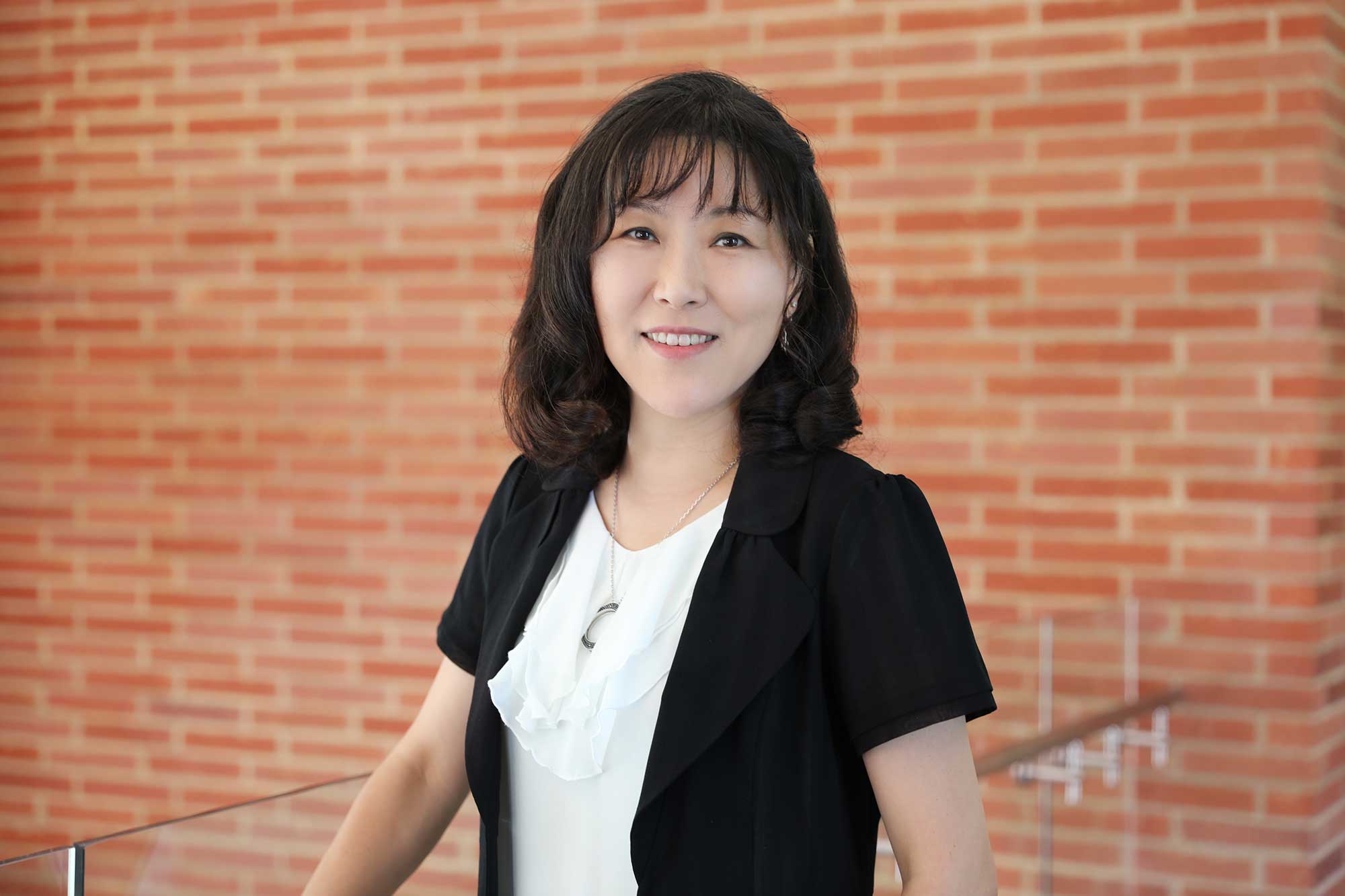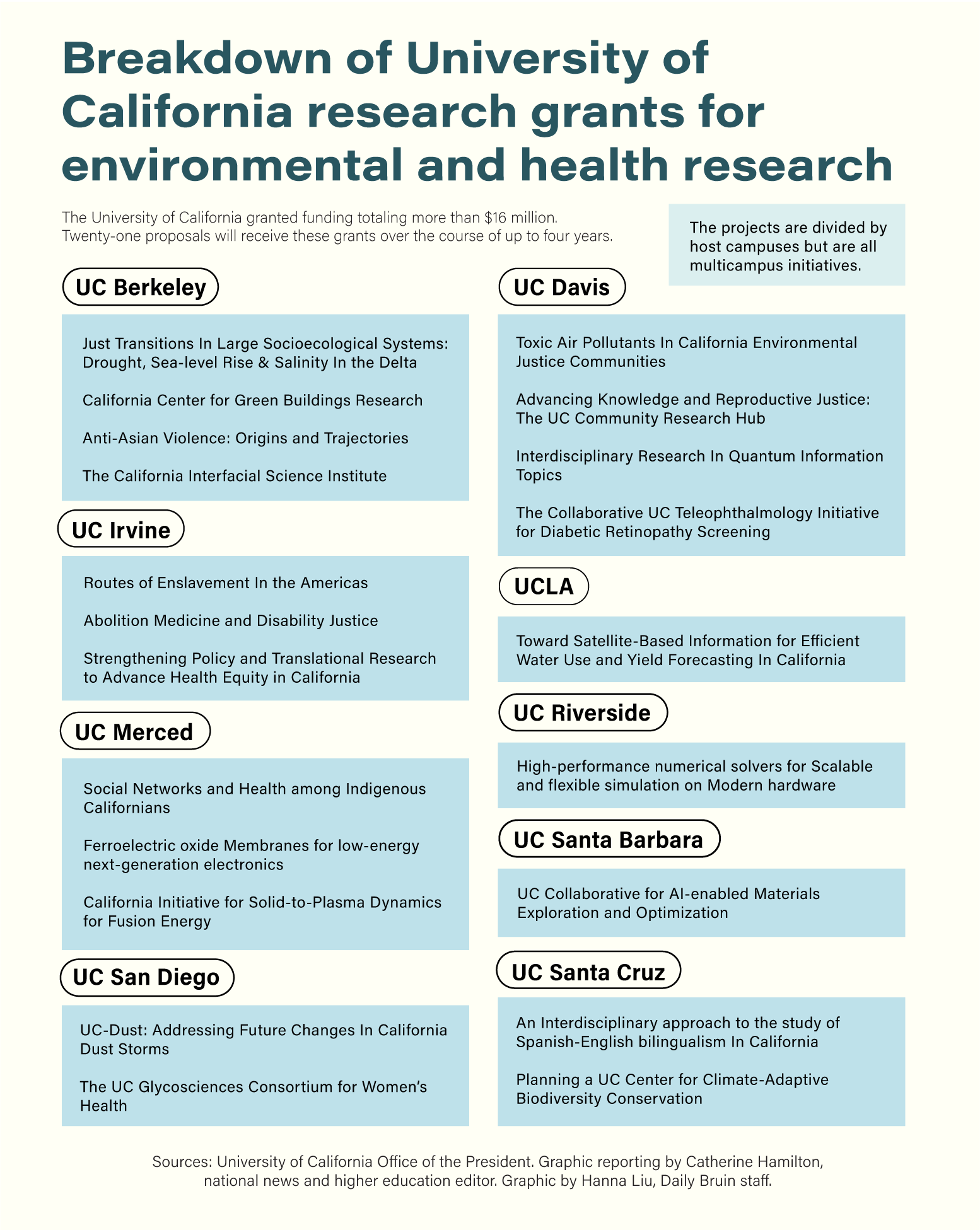Editorial: Plan for UCLA Research Park posits a future of innovative medical research
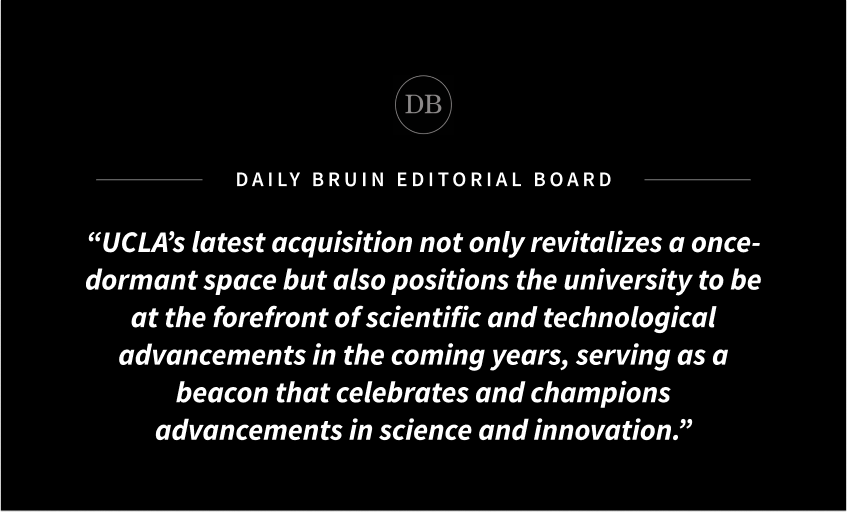
By Editorial Board
Jan. 12, 2024 12:41 a.m.
Westside Pavilion, the former indoor mall that faced an uncertain future, is set to undergo a transformation into the UCLA Research Park after being acquired by the UC Board of Regents for $700 million.
The three-story building, located at Pico Boulevard and Overland Avenue in West Los Angeles, first opened its doors in the 1980s, but shifting consumer preferences and the rise of e-commerce in recent years led to its closure.
Westside Pavilion is UCLA’s third major acquisition in the last two years, alongside the Trust Building in downtown LA and two other properties owned by Marymount California University in Ranchos Palos Verdes. It’s all part of UCLA’s campus expansion efforts, given the limited space available in Westwood.
UCLA’s latest acquisition not only revitalizes a once-dormant space but also positions the university to be at the forefront of scientific and technological advancements in the coming years, serving as a beacon that celebrates and champions advancements in science and innovation.
While the creation of the research park will require a substantial investment of public and private resources, its potential to enhance scientific progress and medical innovation may well make those costs worthwhile.
The former mall complex is currently slated to house two major research centers: the newly formed California Institute for Immunology and Immunotherapy at UCLA and a quantum innovation hub led by the UCLA Center for Quantum Science and Engineering, which was founded in 2018 as a collaboration between the UCLA Henry Samueli School of Engineering and Applied Science and the Division of Physical Sciences.
The immunology and immunotherapy institute, a private-public biomedical research venture between UCLA and a set of philanthropist donors who first approached the university in 2018, is intended to create the “immunology equivalent of Silicon Valley in Los Angeles,” as stated by Dr. John Mazziotta, the CEO of UCLA Health and vice chancellor for health sciences.
Immunology, the study of the immune system or the human body’s intricate defense mechanisms against disease and infection, is a particularly pivotal research field in modern medicine, especially in the aftermath of the COVID-19 pandemic.
Much of this research focuses on different kinds of immunotherapies, which use or alter the body’s natural immune response to treat different illnesses.
Immunotherapies form much of the bedrock of modern medicine, from vaccines such as those used to prevent COVID-19 infection to treatments for different forms of cancer and diseases such as AIDS. The potential value of research conducted at this new institute is clear.
The benefits for the university are also evident. While formally independent from UCLA, the institute’s 11-member fiduciary board will include four UCLA representatives. The university will receive a 7.5% cut of the commercial revenues from medicines and other products created through the institute’s research, according to the minutes of an August meeting of the UC Regents’ Health Services Committee – which approved UCLA’s affiliation with the institute.
On the other hand, the quantum center will focus on research into the unique properties of atomic and subatomic particles and their application toward a variety of new technologies. According to a university press release, the research park will host the Quantum Leap Challenge Institute for Present and Future Quantum Computation, a collaborative effort between a group of major American universities – including UCLA – that received over $25 million in funding from the National Science Foundation.
UCLA’s investment in the new research park, therefore, may also prove fruitful for the burgeoning research field surrounding the development of quantum computers, which may have the capacity to far outstrip the current speed and efficiency of traditional computers.
While it is certainly worthwhile to be skeptical of some of the rhetoric surrounding the research park – most notably, Gov. Gavin Newsom’s claim that the park “will cement California’s global economic, scientific and technological dominance into the 22nd century, and beyond” – the research priorities of the building’s new occupants are certainly legitimate. It is important to commend the university and California state government for investing in potentially vital scientific research at this time.
There are, however, many legitimate concerns with the new project, especially because of its substantial cost. The $700 million deal to purchase the mall from its previous owners should be further scrutinized.
A subsidiary of Macerich, one of the firms that sold the mall complex to UCLA, bought the Westside Pavilion for $170.5 million – almost $320 million in today’s dollars – in 1998, according to a Macerich press release from the time. According to Bloomberg, the property’s mortgage was valued at $324.6 million with a maturity date set for December of next year.
These discrepancies in the value of the property may, however, reflect the nearly $475 million investment in the property during its redevelopment to become an office space for Google alongside the broader rise in real estate prices in LA.
Whether or not the sale was actually a good investment financially for the university, it seems the actual funding for the purchase seems to be coming principally from the state of California.
California originally allocated $200 million to UCLA with an additional $500 million in the future to bankroll the construction of a building to house the California Institute for Immunology and Immunotherapy. According to UCLA’s press release on the sale, those funds were used to pay for the purchase of Westside Pavilion.
The substantial investment in the property definitely raises eyebrows at a time when the state is facing a nearly $38 billion budget deficit for the upcoming 2024-2025 fiscal year.
UCLA’s options to expand as the smallest of the UC campuses in one of the expensive parts of LA are certainly limited. According to an internal document from the Health Services Committee meeting in August, UCLA was originally planning to build the California Institute for Immunology and Immunotherapy at the site of what is now Parking Structure 18 next to the David Geffen School of Medicine.
While the cost of constructing the institute at the original site is unclear from these documents – and the university saves itself the years it would have taken to construct a new building – it’s worth wondering whether the purchase of the mall complex has added additional costs to the project, and whether the project itself should be a spending priority for the university and the state government.
While the project is supposed to attract scientists and doctors from around the world to work in LA, it’s clear from the example of Westside Pavilion’s previous tenants that you can’t attract consumers or workers with just a nice building.
During the public comment section of the meeting where the Health Services Committee approved UCLA’s partnership with the immunology institute, several longtime employees of the UC addressed the UC Regents and discussed their struggles with the high costs of living in California, and LA specifically, alongside the need to increase wages for UC employees.
Ensuring that workers at the UC are paid enough to live in this city and pursuing the establishment of projects such as the UCLA Research Park are not mutually exclusive.
The board sincerely hopes for the success of the research park, that immunological research into new vaccines, medicine, and therapies will save lives, and that advances in quantum computing and other technologies will meaningfully shape our society for the better.
Certainly, research will be a better use for a desolate mall than an empty monument to hubris, left vacant and abandoned by the tech giant that planned to spend almost $40 million a year to lease the property for a 14-year term but never occupied it.
We hope this investment will prove itself worthwhile for the university and for California’s taxpayers, and that its future occupants will do great things and accompany California into the 22nd century.
But we live in the 21st century and can only sit and watch the results of this transaction unfold. We can only have faith for now that UCLA has made the right choice.



